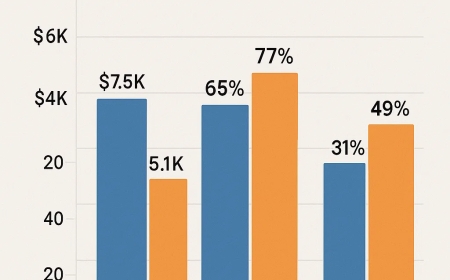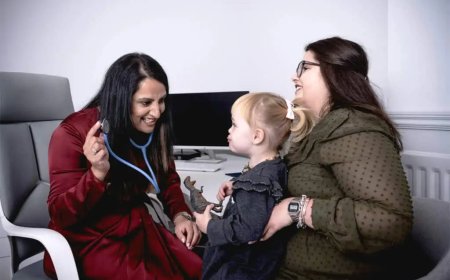How a Hair Specialist Doctor Diagnoses Hidden Hair Issues
If you have problems related to hair that you are looking to resolve? Contact our experts. Read to learn more about the Hair Specialist Doctor in Dubai.
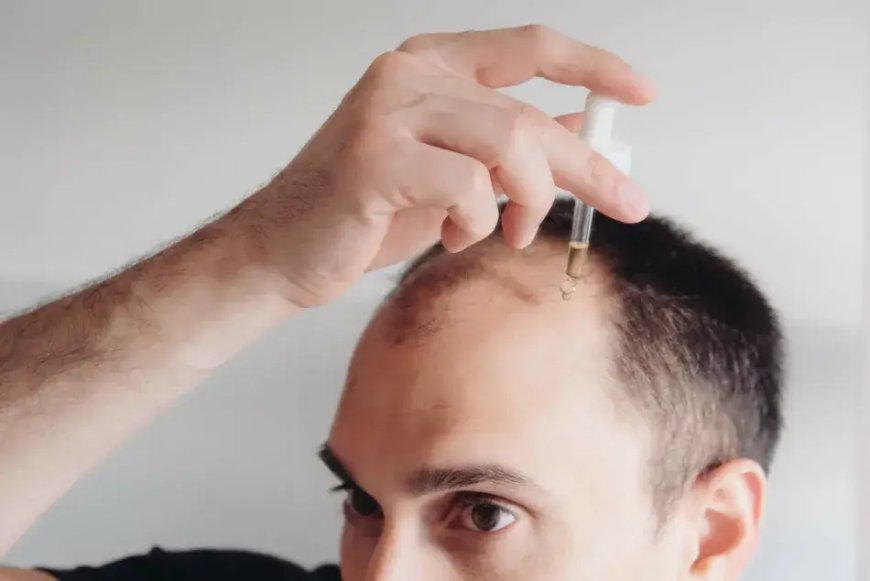
Hair problems are more than just surface-level concerns. From unexplained thinning to patchy loss or dull texture, these issues often stem from underlying conditions. Many people turn to over-the-counter products or random remedies, only to face disappointment. Thats where a Hair Specialist Doctor In Dubaisteps inoffering a precise, science-backed diagnosis that goes beyond the obvious.
The Real Root of Hair Problems
Your hair reflects whats going on inside your body. Changes in texture, thickness, or density are often symptoms rather than standalone issues. A Hair Specialist Doctor understands that hair doesn't act up without a cause. Whether its hormonal imbalance, nutritional deficiency, or chronic stress, finding the root cause is the first step toward real recovery.This kind of diagnosis doesnt rely on guesswork. Instead, it involves a methodical approachstarting with understanding your medical history, lifestyle patterns, and current symptoms. Even when hair issues seem minor, they could signal bigger underlying problems that deserve attention.
Detailed Consultation and Visual Examination
The diagnostic journey begins with a one-on-one consultation. Youll discuss your hair concerns, when they began, and how theyve progressed over time. This might include sudden hair shedding, thinning spots, or scalp irritation.Next comes a thorough visual examination. The Hair Specialist Doctor carefully inspects the scalp for patternssuch as receding hairlines, circular patches, or diffused thinning. These visible signs often provide strong clues about the type and severity of the problem.
This early stage allows the specialist to distinguish between different conditions like alopecia areata, telogen effluvium, or pattern baldness. Even subtle indicators such as inflammation, redness, or scaling are noted, as they often reveal scalp disorders that contribute to hair loss.
TrichoscopyThe Scalps Microscope
Once the visible examination is complete, the next step involves a trichoscopy. This non-invasive tool works like a magnifying lens, offering a close-up look at your hair shafts and follicles.Trichoscopy reveals signs that the naked eye cant catchlike miniaturized hairs, broken shafts, or abnormal follicle openings. These minute details help differentiate between various forms of hair loss and scalp diseases.
For instance, multiple hair shafts emerging from one follicular opening may indicate a healthy scalp, while irregularities could suggest underlying conditions. This level of precision allows the Hair Specialist Doctor to create a diagnosis that targets the actual problem, not just its symptoms.
Hair Pull and Tug Tests
Hands-on tests are also used to evaluate hair strength and shedding rates. In a pull test, the specialist gently tugs on a cluster of hairs to see how many strands come out. A higher-than-normal number could indicate active hair shedding.
The tug test, on the other hand, checks for hair shaft fragility. If hair breaks easily under gentle stress, it could be due to structural weakness or chemical damage. Both tests are quick, yet highly informative for assessing the current state of hair health.
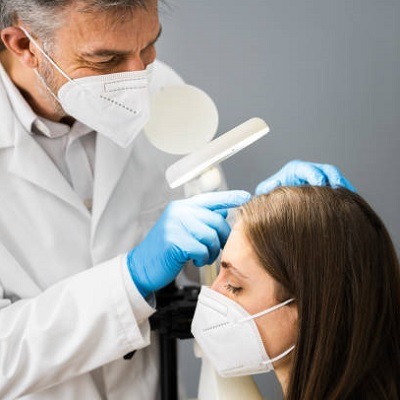
Scalp BiopsyWhen Deeper Insight is Needed
Sometimes the visual and physical exams arent enough, especially if the cause remains unclear. In such cases, a scalp biopsy may be recommended. This involves taking a tiny sample of scalp tissue and examining it under a microscope.
A biopsy offers valuable information on hair follicle density, inflammation levels, and even autoimmune activity. Its a powerful tool for confirming diagnoses like scarring alopecia, which is often missed in surface-level assessments.
While not everyone needs a biopsy, its a critical step in identifying conditions that might otherwise go unnoticed for years. A precise diagnosis at this level ensures the right treatment plan is selected without delay.
Blood Tests and Internal Health Screening
Hair is deeply connected to internal health. Thats why blood tests are often part of the diagnostic process. These tests can reveal imbalances in thyroid hormones, iron levels, vitamin deficiencies, and other hidden health concerns.Issues like anemia, polycystic ovary syndrome (PCOS), or autoimmune conditions often manifest through hair changes long before other symptoms appear. A Hair Specialist Doctor knows how to interpret these test results in the context of hair behavior, connecting the dots between internal and external health.This holistic understanding allows for more effective, long-term solutions rather than just surface-level fixes.
Why DIY Diagnosis Fails
Many individuals try to self-diagnose using online forums, home remedies, or generalized advice. But the reality is that without professional evaluation, the true cause often remains undetected. What works for one person may worsen anothers condition.
A proper diagnosis doesnt just aim to restore hairit aims to restore confidence. When you understand whats happening beneath the surface, you can finally stop wasting time and energy on treatments that dont work.
Customized Solutions Based on Diagnosis
Once the diagnosis is clear, the next step involves a tailored treatment plan. This might include topical applications, nutritional support, or advanced procedures depending on the issue identified.The goal is not just regrowth, but long-term maintenance of healthy, strong hair. Each treatment aligns with the findings from the diagnosis, ensuring better results and higher success rates.Even more importantly, regular follow-ups allow the Hair Specialist Doctorto track progress, adjust the approach, and guide you through recovery in a personalized manner.
Your Hair Deserves the Right Attention
Hair loss or thinning isnt just cosmeticit can affect self-esteem, emotional health, and overall wellbeing. But when these issues are understood deeply and addressed correctly, the results go far beyond surface appearance.Trusting a Hair Specialist Doctor means investing in an accurate diagnosis and real results. Its the safest way to uncover whats truly happening with your hair and how to bring it back to life.Dont settle for guesswork. Let science, skill, and precise evaluation uncover what your hair has been trying to tell you all along.






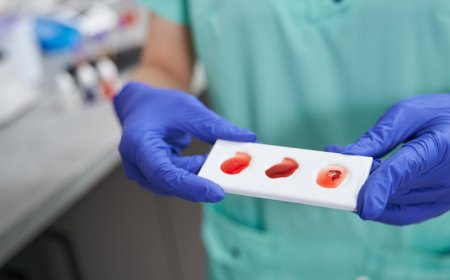

&srotate=0)











